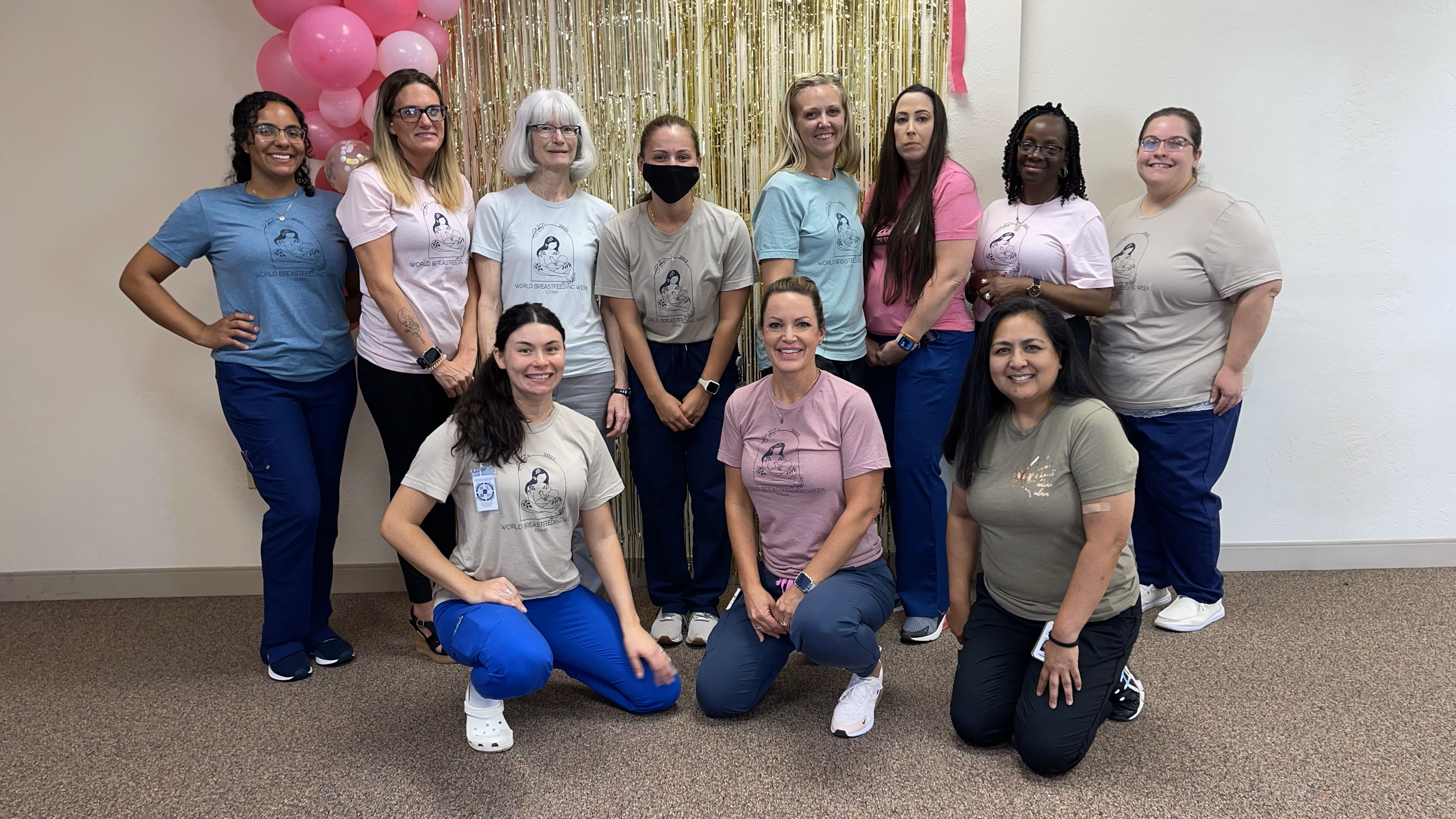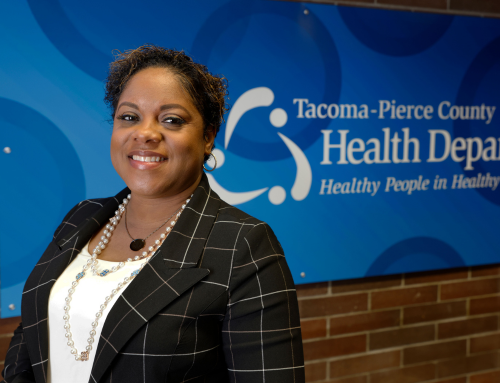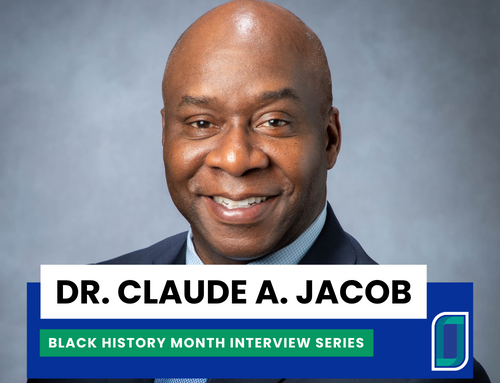The Oklahoma State Department of Health (OSDH) and the Comanche County Health Department (CCHD) were early adopters of national accreditation through the Public Health Accreditation Board (PHAB). In 2010, PHAB announced a beta test for states interested in participating and gaining insights on the accreditation process. The beta test allowed health departments to provide valuable feedback, identifying what worked, what didn’t, and how the process could be tailored to meet the specific needs of different counties.

Brandie Combs, MPH, the Regional Administrative Director for CCHD, had the opportunity to be a part of this beta phase. Combs is a former PHAB site visitor that acknowledges the significance of being a part of the beta process, as it allowed her and the department to understand how PHAB worked and how to adapt it to their department’s needs.
“We all have a role in public health [and accreditation] was a huge opportunity to grow our public health knowledge,” said Combs.
Combs said CCHD has institutionalized the processes they learned from PHAB into their everyday systems.
Both OSDH and CCHD recognized the importance of standing up to national standards in public health. The departments wanted to ensure that they were at the forefront of public health practices and regulations, so they were a part of the 11 health departments in PHAB’s first cohort.
Years later, the first cohort has maintained its accreditation.
Keith Reed, MPH, was new to his position when the department embarked on their first-time PHAB accreditation. He saw this as a great opportunity for the department to align their future goals. Reed emphasized that accountability to the people they served meant striving for the highest standards and adopting best practices in the field of public health.
“I think it’s all about accountability,” Reed said about PHAB accreditation. “If you’re committed to doing that then you have to be committed to objective standards.”
“It’s the obligation to serve the public,” he added.
OSDH serves a population close to 4 million while CCHD is closer to 120,000, yet both found value in PHAB accreditation.
The mission of PHAB is to advance and transform public health practice by championing performance improvement, strong infrastructure, and innovation. OSDH and CCHD understood the significance of this mission.
“We want a healthy lifestyle to be an easy lifestyle,” said Reed.
PHAB accreditation requires health departments to meet high standards and truly demonstrate their ability to provide public health services that positively impact the community. By fulfilling these requirements, OSDH and CCHD showcased their dedication to delivering high-quality public health services and meeting the needs of their communities.
“It’s not an easy process. It’s an investment, but the investment is worth it,” said Combs. “You can see your staff grow.”
“Take your time and do it right. Take advantage of the opportunity to make meaningful change in your organization with an eye toward meeting national standards. The goal should be organizational improvement, not just pursuit of recognition,” said Reed.
OSDH and CCHD were among the first health departments to recognize the value of aligning with national standards and undergoing a rigorous evaluation process through PHAB. The number of states accredited by PHAB has significantly increased over the past ten year and it all started with departments like OSDH and CCHD who showcased the benefits and importance of national accreditation in advancing public health practices.

Combs and Reed agree that it’s easy to get pulled into a lot of issues, but accreditation has kept their departments on track.
“We are on a continuous journey of improvement, and as long as we keep the journey moving in the right direction, I am pleased. Accreditation helped set us on that course, and continues to help us evaluate our trajectory,” said Reed.
PHAB accreditation has provided numerous advantages to both health departments. It enhanced their credibility and reputation, instilling confidence in the public and stakeholders.
“That’s what accreditation did for us. It really made our partners proud,” said Combs. She added that it allowed for leadership to focus on the important things. “It’s an investment in public health.”
“It’s not an easy process. It’s an investment, but the investment is worth it,”
Brandie Combs, CCHD





